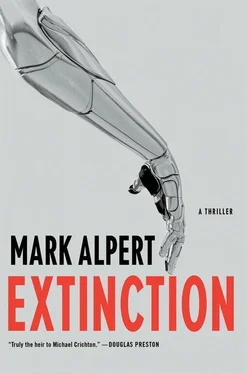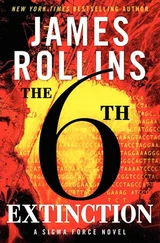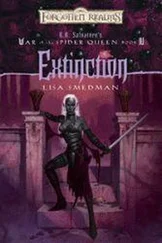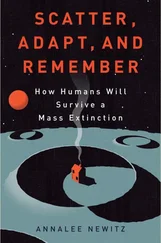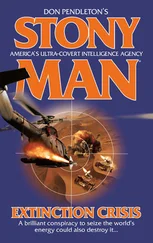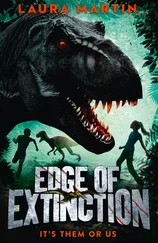Powerful Prostheses.In 2011 researchers at the University of Pittsburgh conducted one of the first human trials of a prosthetic arm guided by the user’s thoughts. The scientists implanted an array of electrodes on the surface of the brain of Tim Hemmes, a thirty-year-old paralyzed in a motorcycle accident seven years before. By sensing the brain cell firing patterns that correspond to specific arm motions, the device enabled Hemmes to mentally send commands to a nine-pound prosthesis and move its hand and fingers. The research is partly funded by DARPA, the Pentagon’s R&D agency, which has invested $100 million to develop better artificial limbs.
Artificial Eyes.Researchers have given eyesight to the blind by linking a video camera to an implant attached to the retina. The camera wirelessly transmits its video to the implant, which reproduces the images on a grid of electrodes. The electrodes stimulate the adjacent nerve cells in the damaged retina, and the pattern of nerve signals conveys a rough picture to the brain. Second Sight Medical Products has already introduced the first commercial retinal implants in Europe, and the device may soon become available in the United States as well.
Cyborg Swarms.Spurred by funding from DARPA, scientists have developed the first “bugs with bugs”—insects with implanted electronics designed to turn them into remote-controlled surveillance drones. By transmitting radio signals to electrodes attached to the brains and flight muscles of beetles, researchers at the University of California, Berkeley, steered the insects left and right as they flew across the lab (see “Cyborg Beetles” in Scientific American , December 2010). At Cornell University, scientists inserted tiny half-gram circuit boards into the pupae of moths; when the adult insects emerged from their chrysalises, the electronics were embedded in their bodies next to their flight muscles.
The Singularity.A growing number of so-called Singularitarians, inspired by the writings of futurist Ray Kurzweil and others, believe that people will achieve immortality in this century by downloading the contents of their minds into advanced computers. Although many scientists scoff at this prediction, researchers demonstrated in 2011 that they could extract memory traces from the brains of rats. Implanted electrodes recorded signals in the hippocampus, a brain region involved in forming memories, while the rats performed a simple task. When the researchers replayed the signals later in the rats’ brains, it helped the animals remember the task.
What Is Consciousness?Speculation about the nature of consciousness has long been the province of philosophers, but in recent years neuroscientists have tried to answer the question using brain-imaging experiments and other studies. One hypothesis is that the synchronization of signals from various regions of the brain generates the experience of consciousness. The region called the thalamus may play a vital role because it relays so many of the brain’s signals. Two excellent books on the subject are I of the Vortex by Rodolfo R. Llinás and The Quest for Consciousness by Christof Koch.
Supreme Harmony.China is already building surveillance networks similar to the ones described in Extinction . By 2014 the city of Chongqing plans to install half a million surveillance cameras linked by servers that will store the video and distribute it to police officials. The ostensible purpose of the network is to fight crime, but human-rights advocates say the Chinese government can also use it to identify dissidents. In July 2011, The Wall Street Journal reported that three U.S. companies were seeking to get involved in assembling the network.
* * *
While writing this novel, I was constantly aware of the parallels between fiction and reality. In fact, I came to think of the book as an allegory for the current situation in China and other countries that are using new technologies to silence dissent. If, like me, you’re outraged by this trend, I urge you to join Amnesty International, which fights government repression across the globe.
I’d like to thank my colleagues at Scientific American for their encouragement and support. The members of my writing group—Rick Eisenberg, Steve Goldstone, Dave King, Melissa Knox, and Eva Mekler—offered helpful criticism and advice. My agent, Dan Lazar of Writers House, found a wonderful publisher for the book, and my editor, Peter Joseph of Thomas Dunne Books/St. Martin’s Press, whipped the manuscript into shape. As always, I owe the greatest debt to Lisa, who cheerfully puts up with all my nonsense.
Final Theory
The Omega Theory
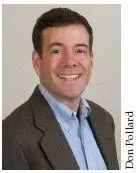
MARK ALPERT, author of the internationally bestselling thriller Final Theory and its sequel, The Omega Theory , is a contributing editor at Scientific American . His work has also appeared in Fortune, Popular Mechanics, and Playboy . He lives in Manhattan with his wife and two children.
Learn more at www.MarkAlpert.com.
“Mark Alpert’s novels just keep getting better and better. He is truly the heir to Michael Crichton, writing cutting-edge science-based thrillers that will keep you obsessively turning the pages. Extinction is brilliant, a believable premise that not only feels plausible but will probably come true in one form or another. Which is terrifying. I highly recommend it.”
—Douglas Preston, #1 bestselling author of
Impact and
Blasphemy
“Mark Alpert’s novel Extinction is an amazing ride through a very possible near future.”
—Vernor Vinge, author of
A Fire Upon the Deep
“Mark Alpert’s latest thriller, Extinction , is as intelligent as it is frightening, a riveting journey to the next stage of evolution, where man and machine merge, and something new is born. Here is a cautionary tale for the new millennium, fraught with suspense and political intrigue. A chilling punch to the gut.”
—James Rollins,
New York Times -bestselling author of
Bloodline
“One part 24, one part Six Million Dollar Man, and one part Terminator, Alpert’s AI thriller is executed with inventiveness and skill. …. Extinction is a book which will have a wide appeal to many fans of different authors, whether they like Daniel Wilson, Tom Clancy, or Ray Kurzweil.”
—Wired.com
“Alpert does a superb job of balancing the action and the science. He’s delivered his best book to date, and comparisons to Michael Crichton are warranted.”
—
Associated Press
"Scientific hubris leads to an apocalyptic threat in this strong near-future thriller.”
—
Publishers Weekly
“I read Extinction by flashlight during a power outage. The experience reminded me of the time as a boy when I read H. G. Wells’s War of the Worlds under similar circumstances—that’s a high compliment! Each short chapter flows into the next as naturally as water cascades down rapids. It’s quite a ride, exploring unforeseen consequences of bio-computer technologies even now coming within our grasp. Alpert’s best writing yet!”
—J. Richard Gott, author of
Time Travel in Einstein’s Universe
“A scary, sophisticated thriller that will give survivalists plenty to think about.”
—
Kirkus Reviews
“Among the writers jostling for position at the top of the technothriller ladder since the passing of Michael Crichton, Alpert is edging closer and closer to the lead. An exciting and highly imaginative story.”
Читать дальше
